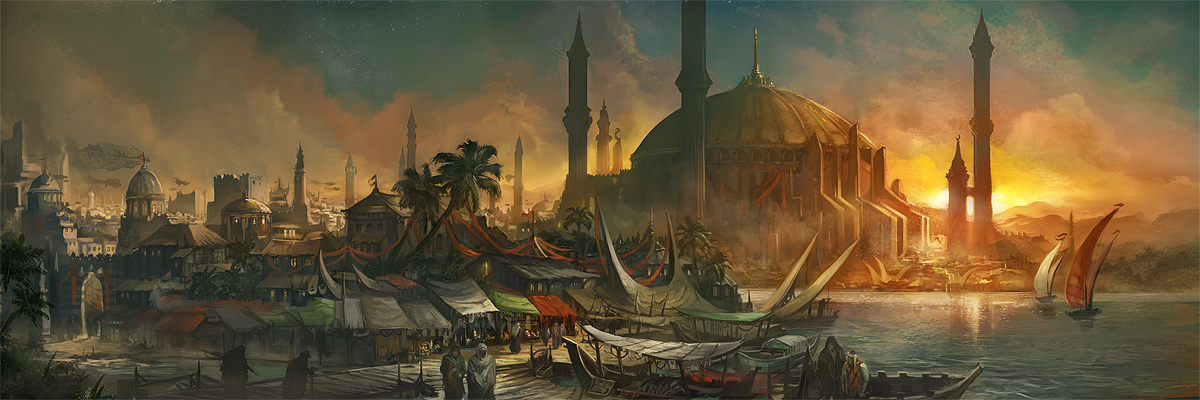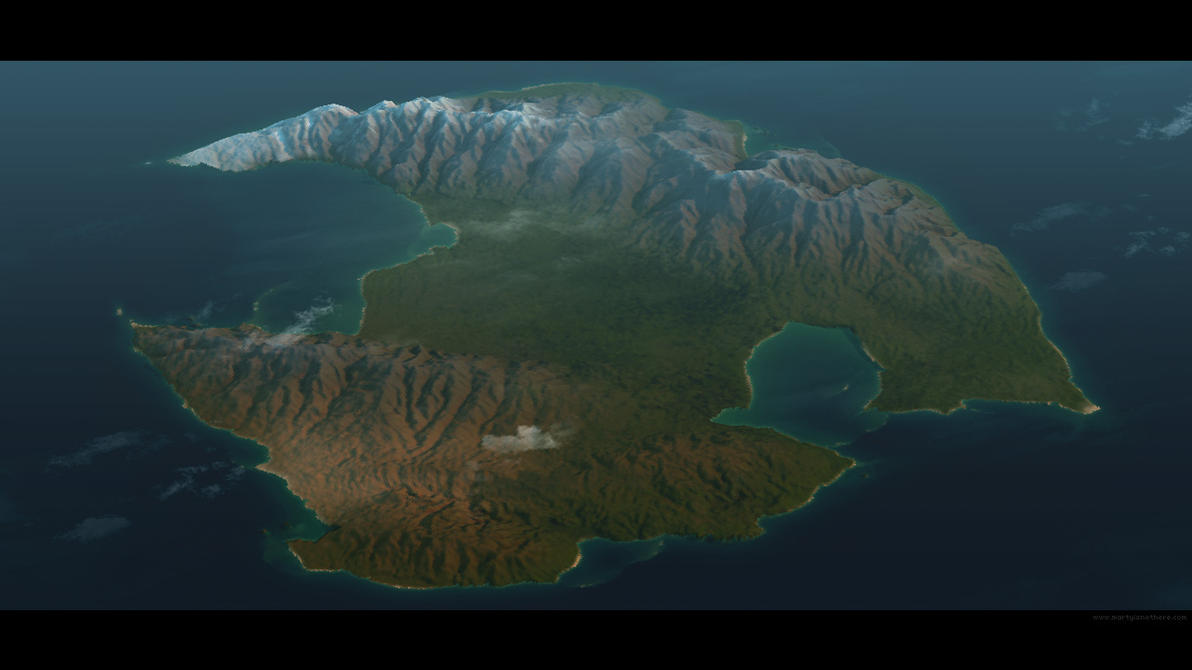Willy, have you considered maybe giving up your spot, or your co-GM spot to someone else. You're not here much and your co-GM hasn't been seen in over a month.... One of the three Black Alliance guys would probably be a good choice. They're active and interested.
- Last Seen: 8 yrs ago
- Joined: 10 yrs ago
- Posts: 264 (0.07 / day)
- VMs: 0
-
Username history
- RisenDead 10 yrs ago
Status
Recent Statuses
8 yrs ago
Current
Assume Nothing, Believe No One, Check Everything
4
likes
Bio
Hello,
Welcome to my very vague and, I have no doubt, hardly inspiring profile. If I were to drop you a little bit of information on myself it would be the following. I'm just past thirty, served my country for eight years in the military, and I am now working in another Federal Government branch that is less camouflage and more leaning towards Investigative work.
I have attended University, earned a degree, and travel as often as possible, especially if the destination has castles, love castles. I work hard, I play hard, and writing essentially allows me an opportunity to refocus energy away from my job and into something that keeps me sane.
I despise fancy talking know-it-all assholes and everyone who talks a good game from behind the safety of their monitor. It's the internet ladies and gentleman, you aren't tough, clever, or mysterious simply because you spend countless hours crafting thinly veiled insults to people.
If you have an RP idea, hit me up. I am interested in Nation States Roleplay, and Advanced Roleplaying. Truth be told, I'd probably try anything once, to the point I enjoy played a Professor at Hogwarts once. The poor fellow ended up getting eaten by a Dragon, it was aweful.
Want someone who will get into a roleplay and not give a damn if his character dies as long as it advances the plot? Someone who will not give two hoots if his nation gets overrun and his people enslaved as long as it was awesomely done? Someone who doesn't mind playing a bad guy that's going to lose in the end anyway? Someone who just enjoys writing for the sake of story telling?
Call me.
I am here to enjoy myself, create worlds, and basically have a place to forget the real world. If you're looking for someone like that, I'm your man.
Cheers,
Risen
Welcome to my very vague and, I have no doubt, hardly inspiring profile. If I were to drop you a little bit of information on myself it would be the following. I'm just past thirty, served my country for eight years in the military, and I am now working in another Federal Government branch that is less camouflage and more leaning towards Investigative work.
I have attended University, earned a degree, and travel as often as possible, especially if the destination has castles, love castles. I work hard, I play hard, and writing essentially allows me an opportunity to refocus energy away from my job and into something that keeps me sane.
I despise fancy talking know-it-all assholes and everyone who talks a good game from behind the safety of their monitor. It's the internet ladies and gentleman, you aren't tough, clever, or mysterious simply because you spend countless hours crafting thinly veiled insults to people.
If you have an RP idea, hit me up. I am interested in Nation States Roleplay, and Advanced Roleplaying. Truth be told, I'd probably try anything once, to the point I enjoy played a Professor at Hogwarts once. The poor fellow ended up getting eaten by a Dragon, it was aweful.
Want someone who will get into a roleplay and not give a damn if his character dies as long as it advances the plot? Someone who will not give two hoots if his nation gets overrun and his people enslaved as long as it was awesomely done? Someone who doesn't mind playing a bad guy that's going to lose in the end anyway? Someone who just enjoys writing for the sake of story telling?
Call me.
I am here to enjoy myself, create worlds, and basically have a place to forget the real world. If you're looking for someone like that, I'm your man.
Cheers,
Risen
Most Recent Posts
You've talked me into it Aaron, I'll swap out my guys and put in roving Mongolesque hordes in the Mid-West. Solid idea.
I was originally going to go Northwest but no one was out there...
To go further on my previous point as well: building in the west too is basically impossible since there's also nothing out there. Sure you can probably use scraps, but the reason it got to where it is today was because the American railroad companies (based in either Saint Louis or further east) were paying immigrants to go out there and shipping building supplies west from stock in areas like Michigan, or Pennsylvania so they could set up even the most simplest, main-street only, one-pony railroad town.
In this world, all of that is dead, you'd have generations of decay, and anything that was there is probably gone and dead now.
Also how does an island nation conquer shit like the Moors did? Islands don't usually build equestrian cultures in much the same way the Kazakh steppes would have for Central Eurasia or the Morroccan expanse for the camel and horse-based warriors that were so prevalent in the Tuareq and Moorish cavalry of the Arabs. To be honest, I'd expect something more like Norse-people with more rum. A people who do well in taking over coastal stuff but get lost the more they go inland.
Calm yourself boyo. Just you worry about your banjo playing redneck hillbillies and I'll worry about my chaps. If I want them to have a Moorish influence it's no skin off your teeth. If it helps you digest it better feel free to pretend it specifically says Turks or Barbary Pirates. The idea of the influence was more in the style of arms and armour. It's better suited for their warm climate than straight up suits of plate mail.
Hmmm, your mention of the Catholic Church made me realize something. Hey @PolishKing, what exactly is the deal with it since we don't have contact with Europe? Is it going to be something like After the End where there's a Pope somewhere on the continent? I mean there aren't any major Catholic countries other than Cuba @RisenDead, so maybe the Archbishop of Havana declared themselves Pope at some point since there's no contact with Europe.
Good point, I'll work that in.
Created my own group!
The idea that the West would revert back to tribal Nomads isn't accurate I don't think. Just because we don't have 20th Century tech doesn't mean we don't have other tech that would allow people to survive and thrive. The folks that settled the plains really didn't have any tech the romans didn't have, save for steam and things that go "bang". They would still know how to channel water, build decent buildings, etc. Ranching is still largely unchanged. If the Persians and Moors can build Empires in a desert we can sure get a couple on fertile prairie soil.
In
The City in the Sea: New Anathagos [Fantasy politics! Intrigue! Sea Monsters! Pirates & More!]
→
8 yrs ago
Forum: Advanced Roleplay
One thing: the island looks a tad big to me. More the size of the island the main city is on than a minor island with slave markets on it.
Made a new much crappier one.
In
The City in the Sea: New Anathagos [Fantasy politics! Intrigue! Sea Monsters! Pirates & More!]
→
8 yrs ago
Forum: Advanced Roleplay
So everyone is aware, I have changed my faction, here she be.
Does anyone have any real editing skills? I have been unable to locate a good city map, or island map, let alone combine the two. The one island I have found that would work has no city on it, and I would like to ask someone to add a city if possible?
Thanks!
Does anyone have any real editing skills? I have been unable to locate a good city map, or island map, let alone combine the two. The one island I have found that would work has no city on it, and I would like to ask someone to add a city if possible?
Thanks!
In
The City in the Sea: New Anathagos [Fantasy politics! Intrigue! Sea Monsters! Pirates & More!]
→
8 yrs ago
Forum: Advanced Roleplay
Already PMed you a character sheet...
Sent one to you as well Ophidian.
Sent one to you as well Ophidian.
© 2007-2024





